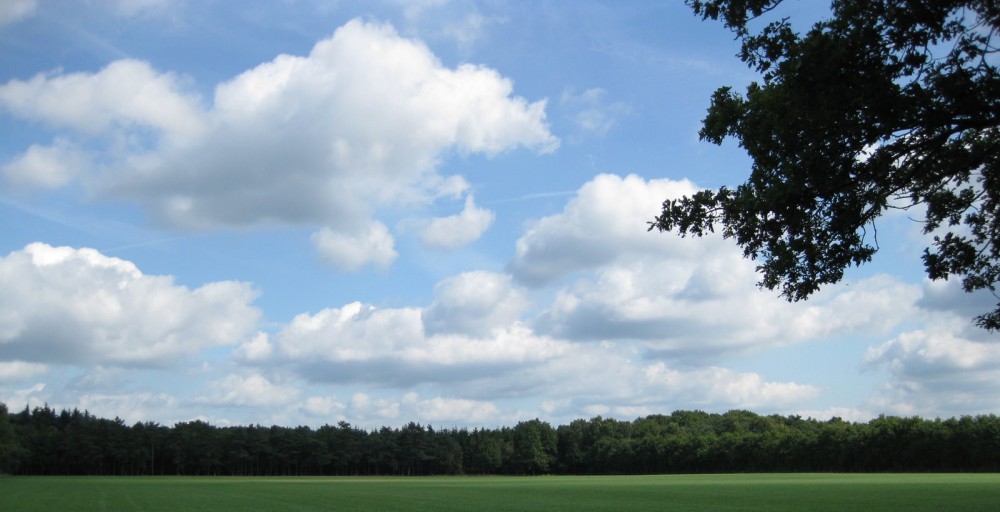Dear friends,
The purpose of Advayavada Buddhism is to become a true part of the whole.
In Advayavada Buddhism, the Path is understood as an ongoing and fully autonomous, non-prescriptive, investigative and creative process of progressive insight, reflecting in human terms wondrous overall existence becoming over time in its manifest direction. When followed conscientiously, it becomes nothing less than the main karmic factor in one’s share in the universal interdependent origination process (madhyamaka-pratityasamutpada). It is composed stepwise of (1) our very best (samma in Pali and samyak in Sanskrit) comprehension or insight, followed by (2) our very best resolution or determination, (3) our very best enunciation or definition (of our intention), (4) our very best disposition or attitude, (5) our very best implementation or realization, (6) our very best effort or commitment, (7) our very best observation, reflection or evaluation and self-correction, and (8) our very best meditation or concentration towards an increasingly real experience of oneness with the universe, which brings us to (1) a yet better comprehension or insight, and so forth.
The Advayavada Study Plan (ASP) is repeated four times a year. In weeks 27 to 31 we treated the preliminary subjects, in week 32 we honestly reviewed and took stock of our personal situation (first step), in week 33 we took an appropriate and timely decision to adjust our course (second step), in week 34 we put our decision and purpose in writing (third step), in week 35 we further developed our very best attitude (fourth step) and, to continue with the current third quarter, in week 36 we shall implement our improved modus operandi as best as possible.
This task is based on the 5th step on the Noble 8fold Path: samma-ajiva (in Pali) or samyag-ajiva (in Sanskrit); in Advayavada Buddhism’s usage: our very best implementation, realization or putting into practice; in Dutch: onze beste uitvoering (de vijfde stap op het edele achtvoudige pad)..
Other translations of the 5th step are: right purity (Arnold), right vocation (Burt, Watts), right livelihood (Bahm, Bodhi, Ch’en, Conze, Dhammananda, Dharmapala, Eliot, Fernando, Gethin, Harvey, Horner, Keown, Khemo, Kornfield, Malalasekera, Narada, Rahula, Rhys Davids, Saddhatissa, St Ruth, Stroup, Takakusu, Warder), appropriate livelihood (Batchelor), right living (David-Neel, Narasu, Nyanatiloka), right mode of life (Grimm), right life (Guenther, Melamed), right means of livelihood (Humphreys); proper way of earning one’s living (Edwardes); correct living (Kloppenborg), correct livelihood (Scheepers).
Kind regards,
John Willemsens,
Advayavada Foundation.
advayavada.org/#plan
